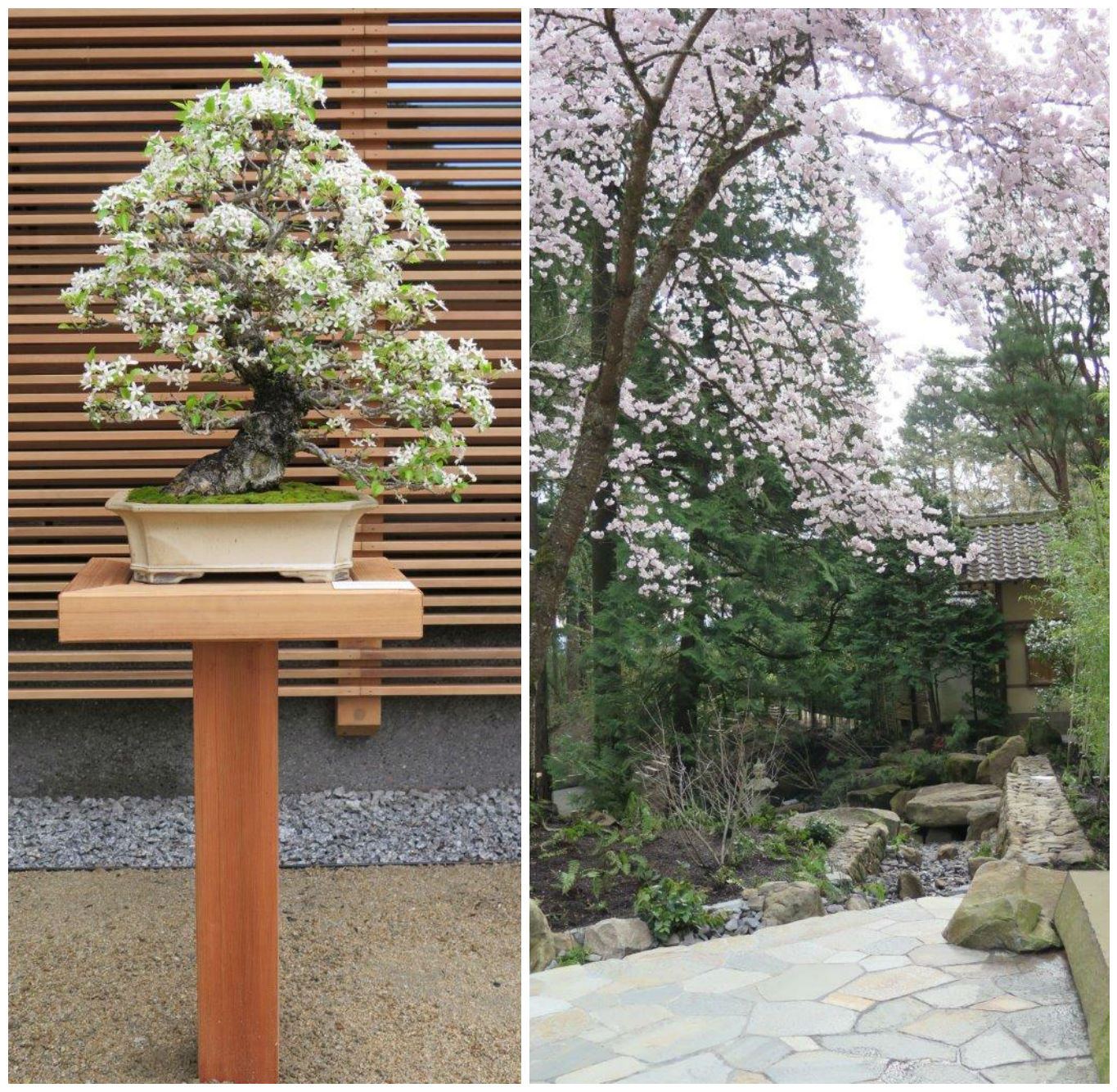A handcrafted thing is a joy forever. Whether it’s a clay pot made by your five-year old or a bespoke greenhouse from Hartley Botanic, the skills and artistry it captures brings pleasure and satisfaction each time you look at it.
Suminori Awata would agree. He is the 15th generation in a family of stonemasons that has traditionally built the massive dry-stone wall fortifications around the castles of the Shogun in Japan. However, as he says, they don’t build many castles in Japan these days, so his work has been more prosaic…and smaller. That was until Japan’s leading architect, Kengo Kuma approached him to build retaining walls, a shiro-zumi (Castle Wall) for the new Cultural Village at the heart of Portland, Oregon’s revered Japanese Garden.

In ancient Japan, the village would have huddled beneath just such walls; here, measuring 18.5 feet tall and 185 feet long, the wall is a visual anchor for the wood, glass and slate studios that shape a village-like setting around a broad courtyard.

Kuma’s involvement in the project, his first in the United States, fully demonstrates his return to the architectural mastery of traditional Japanese design-build techniques. He passed through a rather startling period of post-modernism, putting fluted columns and Corinthian capitals on modernist glass cubes, and admits to being embarrassed by these early efforts. But we’ve all got to veer off course at some point to get back on track to what really matters. For Kuma it was recognizing the ingrained Japanese respect for nature and for the use of native materials and building methods that have proven their value over centuries. It’s made Japanese culture timeless, and an inspiration to Western designers ever since Frank Lloyd Wright built a long, low building with sliding glass windows to blur the division between nature and the built environment.
If you’ve been to the Portland Japanese Garden in the past, you’ll recall that it was a long climb from the parking lot to the entrance gate, where once ticketed you stepped directly into the heart of the garden. It lacked the “oh my gosh!” moment. Now, the ticket-booth entrance is right there as you leave the parking lot; from it the path still winds up the hillside toward the destination–the ‘village’ peeping out from the trees above. It is a journey to another place and another time.

From the hillside path you step into a broad courtyard surrounded by the new and elegant low buildings that house a gallery, library, performance area, gift shop and a café. This is where the newest garden areas are found: a bonsai display garden behind a slatted screen, and next to the café, the little tsubo-niwa, or town garden, typical of the inner gardens found in traditional, and many modern Japanese homes.

The garden’s details are enchanting, and easily translatable any garden. And over it all looms the powerful shiro-sumi, built from native Baker Blue granite rocks that were hand chosen by Mr. Awata and Sadafumi Uchiyama, the Garden Curator; cornerstones alone are some six feet by three feet and the central stone to each wall, the mirror stone, is a magnificent specimen, oval in shape, natually flattened on one side and positioned to attract viewers’ attention and give them pause to marvel at the magnificence of the structure, the power of nature and our place within it. ‘I listen to the boulders,” explained Mr. Awata of his rock-whispering abilities.
In an interview, Kengo Kuma described how Portland’s close integration with nature was a constant source of inspiration to him as the project evolved: “ Portland is unlike any place in the world [and the] Cultural Village serves as a connector of the stunning Oregon landscape, Japanese arts and a subtle gradation to architecture.”
And subtle is the operative word. The project may have come in at some $33 million, but every penny has been well spent, including a sensitive refresh of the old gardens, which retain their unique and much loved character against the newest addition. Don’t miss it.

©Text and photos Ethne Clarke 2017


